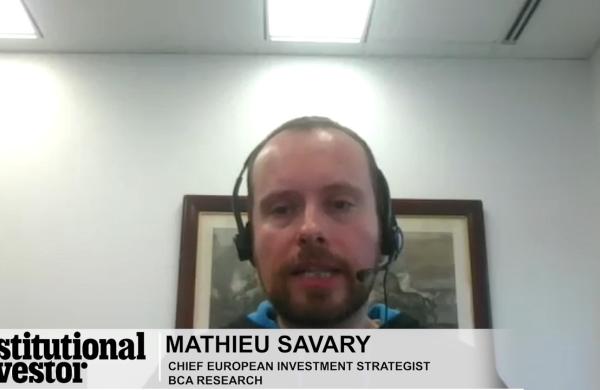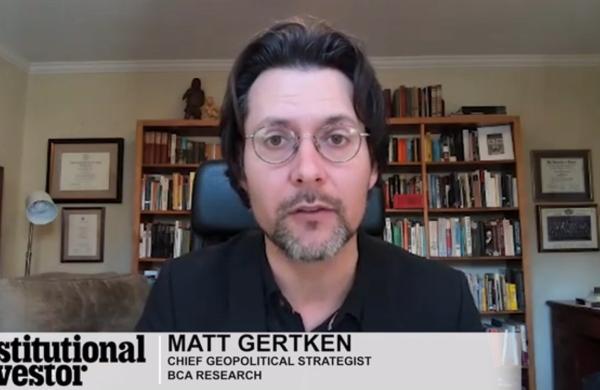A common strain of post-crisis critique – or second-guessing – focuses on quantitative models and the people who either designed them or blindly depended on them until it was too late. Nouriel Roubini has a problem with quantitative models and how they were applied – little surprise there – but the economist known as Dr. Doom makes a systematic indictment in his new book, “Crisis Economics” (Penguin Press).
The chairman of consulting firm Roubini Global Economics and New York University professor distances himself from Nassim Nicolas Taleb of “Black Swan” fame, saying that crises have become common enough that they have some degree of predictability. Roubini makes a distinction between risk and uncertainty – and we have been dealing with both since late summer, 2007. The difference between them is like playing Russian roulette with one gun that you hold and have loaded with a bullet in one of the six chambers, versus a gun someone else has control of. “The odds of dying are impossible to quantify,” says Roubini.
That uncertainty passed the comfort level when, suddenly, “estimated losses from subprime mortgages ranged from $50 billion to $500 billion and beyond,” he writes, even as events didn’t fit the standard expectations or measurements of risk. “The models used to assess risk were flawed,” Roubini contends. They “used preposterous assumptions . . . and relied on data that went back only a few years.”
Nir Kossovsky, CEO of corporate risk and reputation consultancy Steel City Re and executive secretary of the Intangible Asset Finance Society, who came out with a book of his own in March (“Mission Intangible: Managing Risk and Reputation to Create Enterprise Value”), charges “naiveté.”
“Many of the most sophisticated modelers arrived on Wall Street with strong backgrounds in the empirical sciences and little business experience,” asserts Kossovsky, a Naval War College graduate who has an MD degree from the University of Chicago and an MBA from the University of Southern California. “In science, models are approximations of reality.”
“In business,” he goes on, “models impact behavior. Reality begins to follow the models. If the models are wrong, reality will be wrong until it is so wrong that it collapses. The visual that best illustrates this latter phenomenon is that of Wile E. Coyote running off the edge of a cliff and not falling until he stops to look down. The markets call this a bubble.”
Kossovsky, like Roubini, is serious about the risk to Wall Street reputations having lasting consequences. Roubini expands the discussion of moral hazard to encompass the irresponsibility of risking other people’s money. Clearly, reputation as a function of trust in the markets is a key to recovery.
Writes Kossovsky: “The second phase on this path is reputation restoration. It is a long path in which firms will have to demonstrate factual evidence of their deep commitment to the core values that create reputation: ethics, innovation, quality, safety, sustainability, and security.”
For Roubini, the road to recovery relies in large part on regulators and on a restoration of their reputations as well. He leans toward greater independence for regulatory agencies while breaking up into more manageable bites the monoliths they are charged with overseeing. (Roubini has argued repeatedly that firms that are too big to fail are too big and should be broken up.)
“Financial firms could have been stopped from going down this destructive path,” he writes. “The most obvious way would have been better regulation and supervision.” Acknowledging that these safeguards will occasionally fail, Roubini would institute central bank policies designed to prevent bubbles from happening in the first place.
Maureen Nevin Duffy is a freelance financial journalist based in New Jersey.






